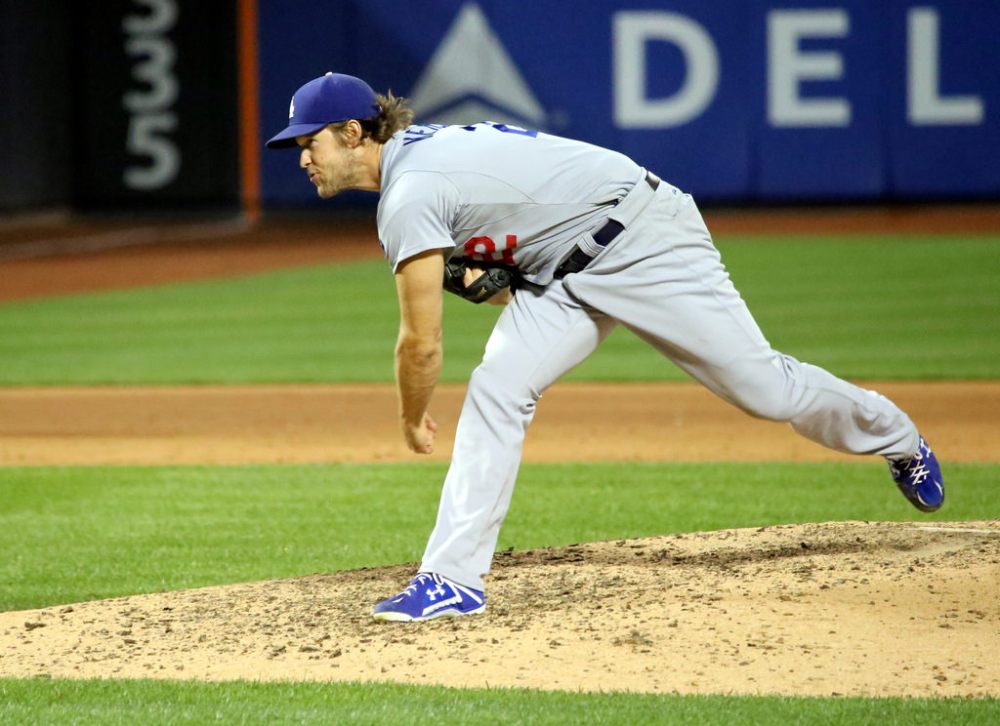I have had the opportunity to play baseball with some really talented players. In fact, at the time that this piece goes to press, one of my former long-time teammates is just one win away from leading my alma mater to a second Suffolk County title in three years (shout out West Islip Varsity Baseball). This particular player has dominated all levels of competition at the plate, but more impressively, on the mound. No stage was too big for him, not even the county championship game in 2014, his sophomore year and first year on varsity (when he went undefeated with a sub-2.00 ERA as well). If anyone asked any team or coach that ever had to prepare or play against this player, there would be one common thread, one repeated adjective used to describe him: “Dominant.”
Obviously, it is really, really hard to be called dominant on a day-in, day-out basis. Of course, that’s the way it is supposed to go in sports, especially in baseball and on the mound. An old, well-known adage goes “If it was easy, everyone would do it.” That’s exactly right. True dominance, it all of its consistent, persistent, and incredulous nature, is to be saved for the kinds of ballplayers that make even the casual fan turn on a television to watch a game because, for pitchers, any start could be historic.
We are seeing that kind of dominance from several pitchers, I think, in Major League Baseball right now. Jake Arrieta in the last 365 days is 27-2 with an ERA of 1.36 and a WHIP of .810. Chris Sale won his first nine starts in 2016. Noah Syndergaard’s ERA is below 2.00 and is striking out over 11 batters per nine innings. All of these arms in the league, and then some, could mean we are, at this very moment, witnessing one of the Golden Ages of pitching.
None of the aforementioned pitchers, however, are the most dominant pitcher in the MLB in a whole, historical sense. Clayton Kershaw’s career right now is shaping up to be on the best in baseball history, and he is not even 30. Just this season alone, he leads the big leagues in ERA, innings pitched, walks per nine innings, strikeouts, WHIP, and complete games. And he’s a notoriously better second half pitcher (his ERA, winning percentage, WHIP, and hits allowed are all lower in the second half of the season).

Photo: Flickr/Arturo Pardavila III
What encapsulates the kind of pitcher he’s been in his nine MLB seasons is this simple: Zero.
Yes, going into last night’s contest against the New York Mets, there was a stat column that had a goose egg for Kershaw. He had not been visited by his manager, Dave Roberts, or pitching coach, Rick Honeycutt, once in 2016. That ended last night when Roberts went out to chat during the later innings of last night’s game, but even still, the conversation was brief.
Kershaw is 121-57 in eight-plus big league years and is 28 years old. That means he is 179 wins away from the golden number 300 and, assuming he pitches until he is 40, has 12 seasons left. That math leaves him needing just a hair under 15 wins each year to be the 25th pitcher to reach 300, a hallmark of extraordinary, dominant pitching. In seasons where he has made at least 27 stars, Kershaw has only dipped under 15 wins twice, but has made up for both of them with two 21-win campaigns. He has the best chance of any active pitcher to reach 300 wins, which would all but ensure his place as one of the most dominant pitchers in MLB history.
If you compare him to another dominant Dodgers lefty, Sandy Koufax, through 250 career starts (which Kershaw surpassed just a couple of weeks ago), his ERA is half a run lower (2.41 to Koufax’s 2.96), has more strikeouts and less walks, and has given up 59 less homers than Koufax, although Koufax was only in the second year of his famous five-year stretch at the end of his career where he just completely bowled over hitters (for reference: Koufax’s highest season ERA in those five years was 2.54. His lowest? 1,73 in his final MLB season).
That’s dominance, right? Actually, the case could be made that Kershaw is not even in the conversation as the most dominant pitcher in baseball right now. And he still has not been mentioned yet.
This is the flip-side of the “dominance” debate. The term is so subjective that it can be tossed around on a whim without too much gravitas behind it. However, a guy that has a 2.14 ERA in 88 career postseason innings, is currently riding a 14-inning scoreless streak in October, has three World Series rings, an NLCS and World Series MVP, and came into a decisive Game Seven on two days of rest and casually tossed five scoreless innings in relief after throwing a complete-game shutout in Game Five to get the save and win the World Series, all before the age of 26? That has to be dominance, too.
The pitcher with all of that to show on his résumé is Madison Bumgarner. The San Francisco Giants lefty almost seems as if he does not care about the regular season (although a hurler with a 2.98 career ERA is no slouch). His chief concern is doing whatever it takes to will his team to victory in October. Bumgarner has been the focal point on two of the Giants’ three “Even Year Magic,” World Series-winning teams in 2010, 2012, and 2014. He does not have the regular season accolades, like the five-time All-Star, three-time Cy Young winning, one-time MVP winning Kershaw does, but Bumgarner succeeds when Kershaw utterly fails: October.

Photo: Wikipedia
Kershaw’s playoff stats are downright ugly. He sports a 4.59 ERA and a WHIP of almost 1.20. He’s also given up eight homers in 13 postseason games, a pace far worse than his 101 homers allowed in 255 career regular season starts. Bumgarner’s WHIP, on the other hand, is under .890, and has pitched into the seventh inning or later in all but three playoff starts, while Kershaw has only sniffed the seventh five times in his playoff career.
If we continue with the Kershaw/Koufax comparison, then it is not even close as to which pitcher is (or was) more dominant. In eight postseason appearances, Koufax has an ERA of 0.95. Yes, 0.95. He gave up six earned runs in 57 playoff innings, won a pair of World Series MVPs, and three rings to boot. Kershaw? Well, that’s another zero in a stat column for him.
The argument that can be made is this: If a pitcher’s dominance also includes his ability to thrive in pressure situations, then how can one be the so-called “most dominant” if he falters when it matters most? If there was one game, a do-or-die, winner-take-all scenario, and a Clayton Kershaw is not the clear choice to get the ball, how can he be considered one of the all-around dominant forces on the hill in the MLB?
Now, the notion of naming a single pitcher as the most dominant pitcher on baseball, while attempted fairly often, is a notably impossible notion because at any given moment in the history of the game, there are a plethora of really, really good pitchers (see: Pedro Martinez, Tom Glavine, Roger Clemens, Randy Johnson, etc.). However, the simple fact that fans and media do attempt it means that it should be done in toto. That’s why an Arrieta, or a Sale, or a Syndergaard, or a Max Scherzer can be considered.
Like Kershaw’s over-the-top delivery and Bumgarner’s half-sidearm, gunslinger motion, there are a million different approaches to answer the subjective nature of “dominance” in baseball. And like the four-tenths of a second that their fastballs are suspended in the air between the mound and home plate, the answer to this question may forever hang in limbo.
